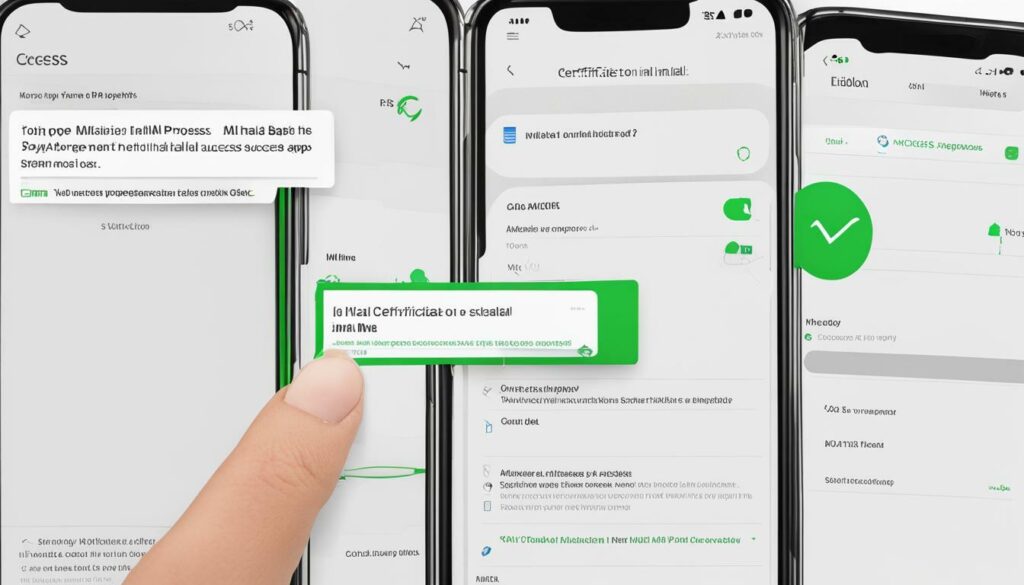Email security is of utmost importance in today’s digital age, and one of the best ways to enhance it is by installing an S/MIME certificate in Edison Mail. This certificate encrypts email messages and verifies the identity of the sender, making it an essential tool for secure email communication.
If you’re wondering how to install an S/MIME certificate in Edison Mail, you’re in luck! Follow the easy steps below to ensure your email communication is safe and secure.
Key Takeaways:
- Installing an S/MIME certificate in Edison Mail enhances email security by encrypting messages and verifying the identity of the sender.
- Follow the easy steps below to learn how to install an S/MIME certificate in Edison Mail.
What is S/MIME Certificate?
When it comes to email security, S/MIME certificate plays a crucial role. This certificate encrypts email messages and verifies the identity of the sender, ensuring that the information being exchanged is secure and trustworthy.
Secure/Multipurpose Internet Mail Extensions (S/MIME) is a standard method used to secure email communications via public key encryption and digital signatures. By encrypting email messages, S/MIME makes it difficult for hackers to intercept and view sensitive information such as passwords, credit card details, and bank information. Additionally, S/MIME digitally signs emails to verify the sender’s identity, making it harder for phishers to spoof email addresses and mislead recipients into revealing confidential information.
If you are an Edison Mail user, you can obtain an S/MIME certificate to enhance your email security. This certificate will enable you to send and receive encrypted emails that are only visible to the intended recipients.
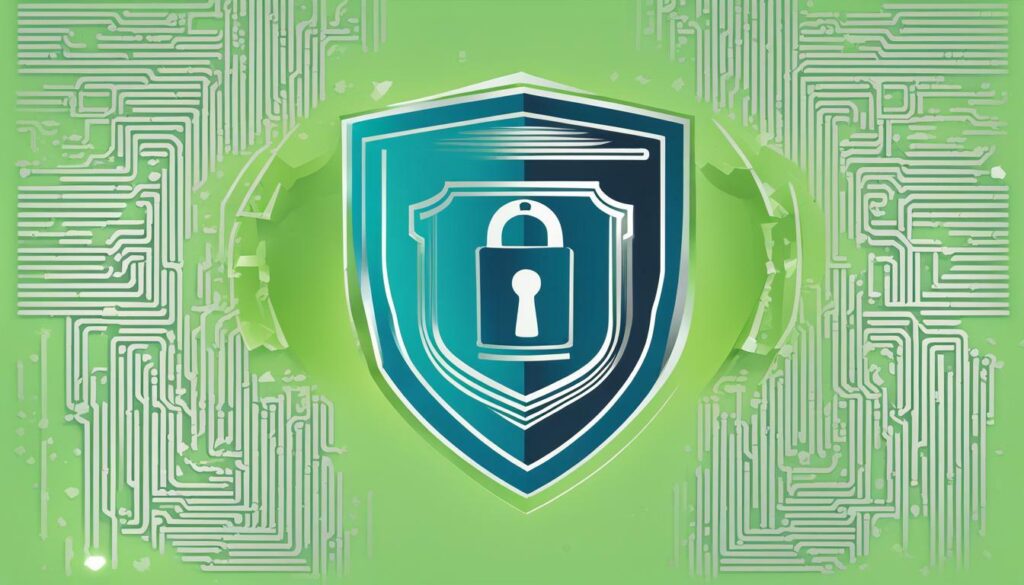
Setting Up Edison Mail for S/MIME Certificate Installation
Before installing an S/MIME certificate in Edison Mail, there are a few essential settings that need to be configured. Follow our step-by-step guide to ensure a smooth installation process:
- Open the Edison Mail app on your device.
- Tap on the three horizontal lines in the upper left corner of the screen.
- Select “Settings” from the dropdown menu.
- Scroll down to the “Security” section and tap on “S/MIME”.
- Ensure that the “S/MIME” toggle is switched on.
- Next, tap on “S/MIME Details” to verify that your email address is displayed correctly.
- Make sure that you have added your email account to the Edison Mail app. If not, you can add it by tapping on “Add account” in the “Accounts” section of the app.
- Once you have completed these steps, your Edison Mail app is now ready for S/MIME certificate installation.
Generating and Obtaining the S/MIME Certificate
Before you can install an S/MIME certificate in Edison Mail, you will need to generate or obtain one. There are a few options available for obtaining an S/MIME certificate, such as through a trusted certificate authority or your organization’s IT department.
If you choose to generate your own certificate, you can do so using a variety of tools such as OpenSSL or Microsoft’s Certificate Services. Keep in mind that self-signed certificates may not be recognized as trusted by all recipients, so it’s recommended to obtain a certificate from a trusted authority whenever possible.
| Option | Requirements |
|---|---|
| Trusted Certificate Authority | Valid email address and payment (if applicable). |
| Organization’s IT Department | Contact your IT department for assistance. |
| Self-signed Certificate | Ability to generate a certificate using a tool such as OpenSSL or Microsoft’s Certificate Service. |
Once you have obtained your S/MIME certificate, be sure to save it in a secure location as you will need to import it into Edison Mail in the next section.
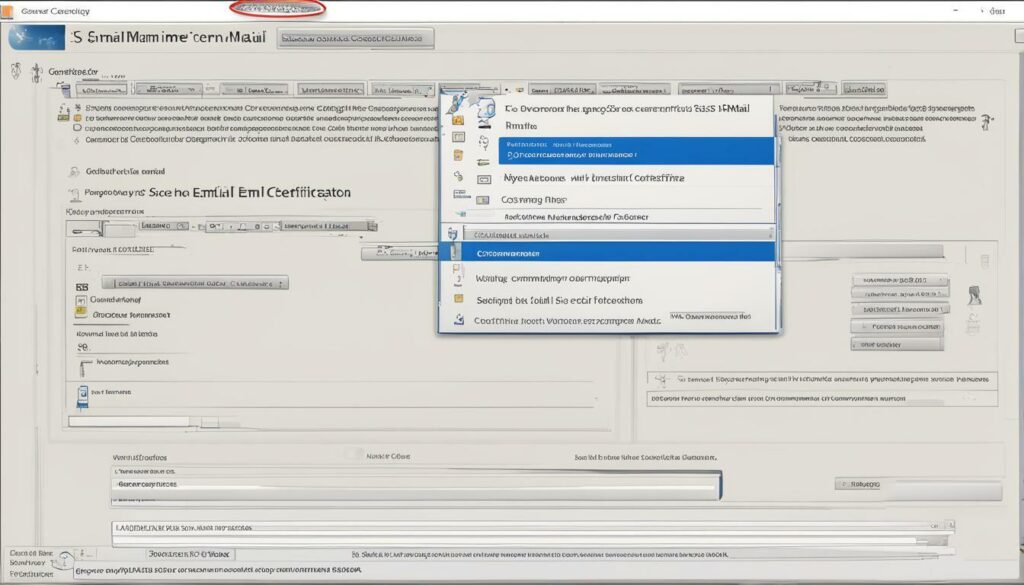
Importing the S/MIME Certificate into Edison Mail
After obtaining the S/MIME certificate, the next step is to import it into Edison Mail. This process is straightforward and can be completed within a few minutes. Here’s a step-by-step guide:
- Locate the S/MIME certificate file on your device. It should have a .p12 or .pfx extension.
- Open the Edison Mail app on your device.
- Tap on the three horizontal lines icon in the top-left corner of the screen to open the app menu.
- Select “Settings” from the menu.
- From the settings menu, select “Security” and tap on “Import Certificate”.
- Select the S/MIME certificate file you located earlier and enter the password used to protect the certificate.
- Tap on “Install” to complete the import process.
Upon successful import, you will receive a confirmation message. Your S/MIME certificate is now added to Edison Mail and ready to use for secure email communication.
It’s important to note that you may need to restart the Edison Mail app for the changes to take effect. If you encounter any issues during the import process, refer to the troubleshooting section of this article for assistance.
Verifying and Using the S/MIME Certificate in Edison Mail
Once you have imported your S/MIME certificate into Edison Mail, it’s important to verify that it’s been installed correctly before using it to send and receive secure emails.
To verify the certificate, compose a new email and click on the lock icon located on the right-hand side of the “To” field. This will open a pop-up window displaying the certificate details. Make sure the information displayed matches the details of your certificate.
When sending an encrypted email, you can ensure that it will be encrypted by checking that the lock icon is closed before sending. This indicates that the email will be encrypted and is only readable by the intended recipient.
When receiving an encrypted email, the icon on the right-hand side of the email subject line will indicate whether it’s encrypted or not. You can also verify the certificate of the sender by clicking on the lock icon.
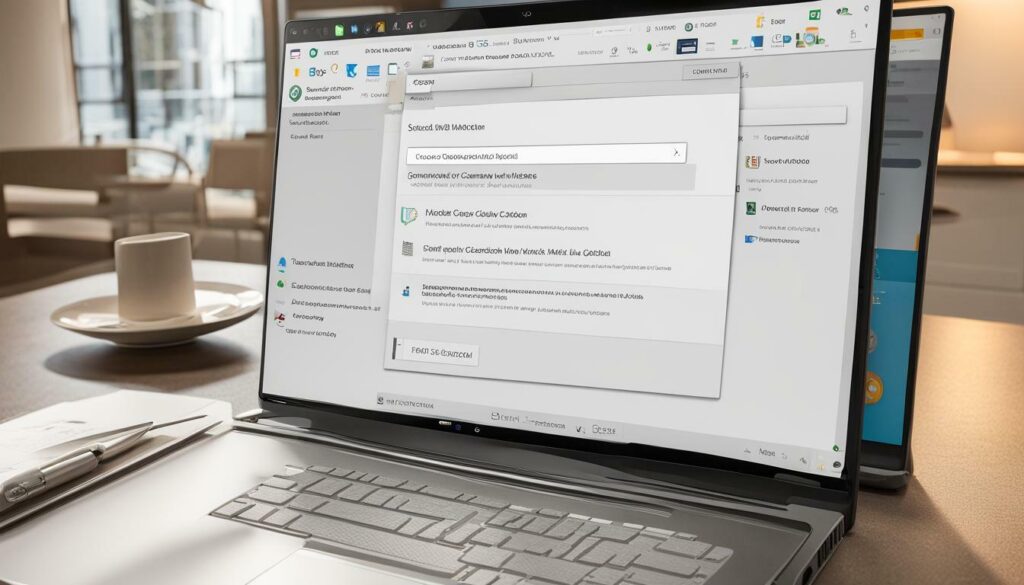
Following these simple steps will ensure that your S/MIME certificate is correctly installed and functioning in Edison Mail, providing you with enhanced email security and peace of mind.
Troubleshooting Common Issues
While installing an S/MIME certificate in Edison Mail is a straightforward process, you may encounter some common issues. Below are some troubleshooting tips to help you overcome these issues and complete your installation.
Issue 1: Certificate file not found
If you encounter an error that the certificate file cannot be found, ensure that you have saved the file in a location that is easily accessible. Double-check the file name and extension to confirm that it is the correct file.
Issue 2: Incorrect certificate format
Edison Mail supports only two formats for S/MIME certificates: .p12 and .pfx. If you are trying to import a certificate in a different format, you will receive an error. Make sure that your certificate is saved in the supported formats.
Issue 3: Certificate password not accepted
When importing the certificate, you will be prompted to enter a password. If you receive an error that the password is incorrect, ensure that you are entering the correct password. If you have forgotten your password, you may need to generate a new certificate.
Issue 4: Certificate not trusted
If you receive a message that the certificate is not trusted, this may be due to the certificate not being issued by a trusted authority. Ensure that you have obtained the certificate from a reputable provider.
Issue 5: Email encryption not working
If you are experiencing issues with email encryption, ensure that you have selected the correct certificate when sending an encrypted email. Also, ensure that the recipient has a compatible email client that supports S/MIME encryption.
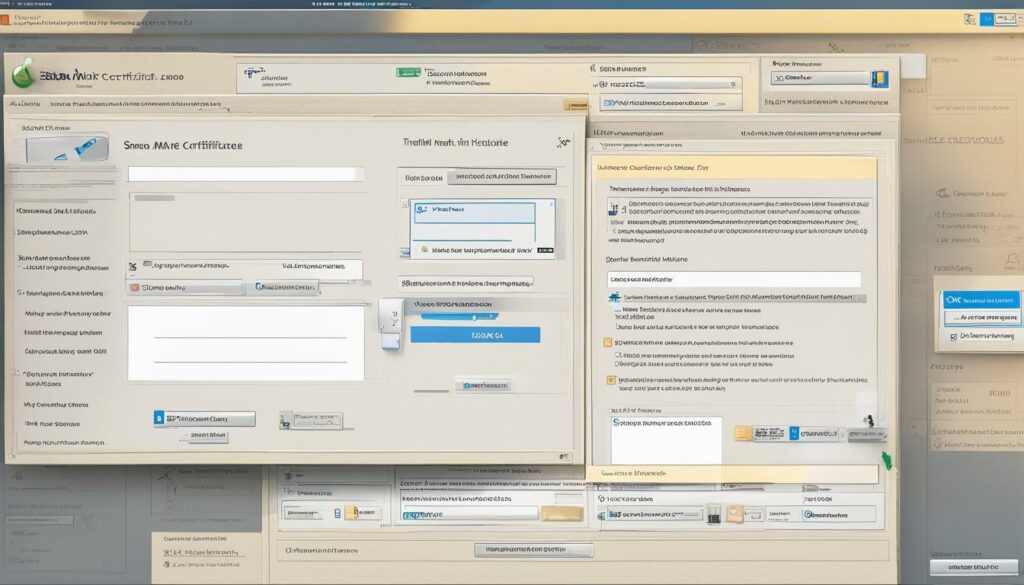
By following these troubleshooting tips, you can ensure a smooth installation process for your S/MIME certificate in Edison Mail. These tips will help you overcome common issues and ensure that your email communications are secure and protected.
Conclusion
In conclusion, installing an S/MIME certificate in Edison Mail is a simple and effective way to enhance your email security. By encrypting your messages and verifying the identity of the sender, you can have peace of mind when communicating sensitive information.
Following our step-by-step guide to install the S/MIME certificate in Edison Mail, you can easily protect your emails from prying eyes. From preparing your Edison Mail app to importing and verifying the certificate, we have covered all the necessary steps you need to take.
If you encounter any issues during the installation process, refer to our troubleshooting section for solutions. Remember, ensuring the security of your email communications is crucial in today’s digital age.
Take the necessary steps to protect your emails today and follow our easy guide to install the S/MIME certificate in Edison Mail. Your privacy is worth it!
FAQ
Q: How do I install an S/MIME certificate in Edison Mail?
A: To install an S/MIME certificate in Edison Mail, follow these easy steps:
Q: What is an S/MIME certificate?
A: An S/MIME certificate is a digital certificate that enhances email security. It encrypts email messages and verifies the identity of the sender to protect your communication.
Q: How do I set up Edison Mail for S/MIME certificate installation?
A: To set up Edison Mail for S/MIME certificate installation, you need to configure the necessary settings and configurations within the app. This will enable the S/MIME functionality.
Q: How can I generate and obtain an S/MIME certificate?
A: Follow these step-by-step instructions to generate and obtain an S/MIME certificate. You have multiple options for obtaining the certificate, and the process will vary depending on your chosen method.
Q: How do I import the S/MIME certificate into Edison Mail?
A: To import the S/MIME certificate into Edison Mail, locate the certificate file and complete the import process within the app. This will ensure that the certificate is successfully added to your email account.
Q: How do I verify and use the S/MIME certificate in Edison Mail?
A: Once the S/MIME certificate is installed, you can verify it within Edison Mail. This section will guide you on how to do so and explain how to use the certificate for sending and receiving secure, encrypted emails.
Q: What should I do if I encounter issues during the installation process?
A: If you encounter any issues during the installation process, refer to this section for troubleshooting tips and solutions. It will help you address common problems and ensure a smooth installation experience.


